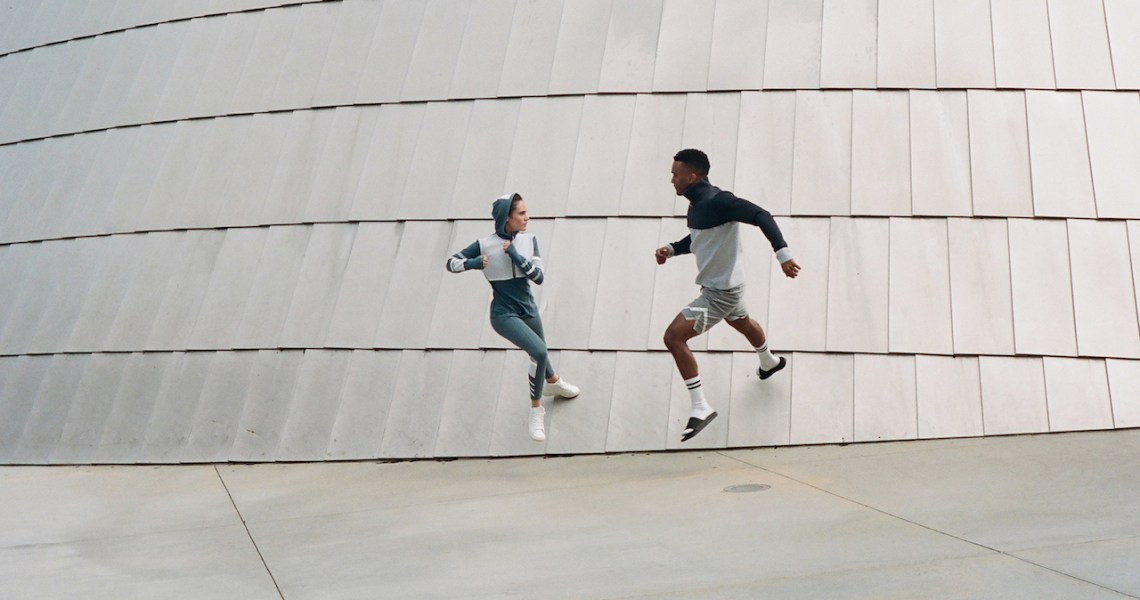For Yella, a new activewear company debuting on Thursday, setting the price for its leggings and sports bras was the company’s major challenge pre-launch. Considering the competition in the activewear market, Yella founder Daniella Mizrahi said she couldn’t set prices too high, despite believing her products were of outstanding quality. With customers having so many other options, from Outdoor Voices to Girlfriend Collective, competitive pricing is crucial.
“Pricing was the key challenge for me. I had to figure out how I get people to understand that there is value behind the product I am selling. I didn’t start an activewear brand just to start one. I started it because I feel like, with the fabric that exists out there and the products out there, I’m not getting what I’m paying for,” said Mizrahi.
In order to get people to trust the brand, and that its quality is worth the price, Mizrahi will focus on building brand loyalty early on. She is promoting the brand through Instagram (another major cost for new DTC companies looking to acquire customers), including through partnerships with an unspecified number of fitness influencers and coaches.
In the brand’s lookbook for the line, which includes men’s and women’s styles, a pair of women’s leggings is priced as high as $325, with others selling for $235 and $175. A sports bra is marked at $185 and a pullover at $250. Yella will enter the market at that $75-$325 price point, but at one point, the plan was to price pieces higher.
“If you are going to go high with your price, you have to create that perceived value of exclusivity to create demand. Without giving customers the knowledge of why the price is so high, they won’t buy,” said Syama Meagher, CEO and founder of Scaling Retail.
The fabrics Yella works with cost $7-$25 per meter, but the brand could not break out costs associated with labor. The cost built into each product takes into account labor, finishings and technical process, like whether the garment is bonded or just regularly stitched. Mizrahi said, for the brand to even consider moving into wholesale in the future, it had to mark products up accordingly. Styles’ prices are, at minimum, 3-4 times the cost to make them.
“One issue a lot of DTC brands face when launching, in general, is whether they are creating a luxury brand. It’s like, ‘My cost of goods is so high that I have to create a luxury brand to support my small business.’ That is a big challenge a lot of brands have to face,” said Meagher.
Mizrahi spent over three years stopping at trade shows across Germany, Italy and Portugal to find new, high-quality fabrics outside of nylon or polyester, which many activewear brands use. One fabric she chose was polyamide, “which is not sourced from a synthetic material,” she said. “It is sourced from a castor bean plant and provides all of the elements you would have to add chemically, in a natural format.”
The fabric choice was a major reason why Mizrahi wanted to mark costs up to $325. Plus, Mizrahi chose to work with an Italian-based manufacturer, which she said necessitated high product prices from the start. Part of that was added costs for customs and tariffs.
“In this segment, there is a price point already established. At the same time, you want to work with manufacturers who are really focused on detail and certain innovative manufacturing techniques, such as bonding or seamless. Those are just little things, and they add up,” said Mizrahi.
Another key to getting Yella off the ground was finding a factory partner willing to work with the limited number of products she would be producing. The brand did not share any specifics around how much product it’s currently making, but Mizrahi said working with factories to negotiate minimums also helped determine the final price.




